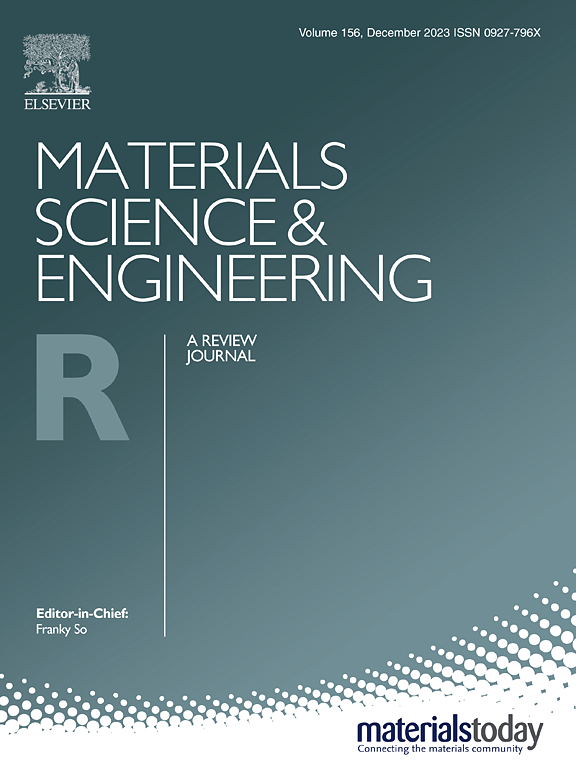Bi: A rising star for low-temperature fast-charging sodium-ion batteries
IF 31.6
1区 材料科学
Q1 MATERIALS SCIENCE, MULTIDISCIPLINARY
引用次数: 0
Abstract
The rising demand for energy storage, such as electric vehicles in extreme conditions, polar and deep-sea exploration, necessitates batteries with exceptional low-temperature performance. Sodium-ion batteries (SIBs) exhibit wide temperature range adaptability and superior rate capability owing to smaller Stokes radius compared with Li+. Bi-based materials are characterized by low cost, moderate reaction potential and high volumetric capacity. In addition, the integration with ether-based electrolyte endows the Bi electrode with a continuous three-dimensional (3D) porous nanostructure, rendering it a promising candidate for fast-charging anode. Nevertheless, the low-temperature capabilities are constrained by a multitude of factors, including sluggish solid-state diffusion, diminished ionic conductivity, and slow Na+ desolvation kinetics. In this review, the challenges of huge volume expansion and opportunities of high diffusion coefficient intermediate phases for Bi-based materials are highlighted. A series of low-temperature high-performance Bi-based materials are also summarized, along with chemical design strategies tailored to enhance their performance. This review culminates in an overview of the prevailing challenges and prospects for the advancement of Bi-based materials as fast-charging anodes in low-temperature environments.
毕:低温快充钠离子电池的后起之秀
在极端条件下的电动汽车、极地和深海勘探等能源存储需求的不断增长,需要具有卓越低温性能的电池。与Li+相比,钠离子电池具有更小的Stokes半径,具有更宽的温度范围适应性和更高的倍率性能。铋基材料具有成本低、反应电位适中、容量大等特点。此外,与醚基电解质的集成使铋电极具有连续的三维(3D)多孔纳米结构,使其成为快速充电阳极的有希望的候选者。然而,低温性能受到多种因素的限制,包括缓慢的固态扩散、离子电导率降低和缓慢的Na+脱溶动力学。本文重点介绍了大体积膨胀对铋基材料的挑战和高扩散系数中间相的机遇。总结了一系列低温高性能铋基材料,以及为提高其性能而量身定制的化学设计策略。本文最后概述了铋基材料作为低温环境下快速充电阳极的主要挑战和发展前景。
本文章由计算机程序翻译,如有差异,请以英文原文为准。
求助全文
约1分钟内获得全文
求助全文
来源期刊

Materials Science and Engineering: R: Reports
工程技术-材料科学:综合
CiteScore
60.50
自引率
0.30%
发文量
19
审稿时长
34 days
期刊介绍:
Materials Science & Engineering R: Reports is a journal that covers a wide range of topics in the field of materials science and engineering. It publishes both experimental and theoretical research papers, providing background information and critical assessments on various topics. The journal aims to publish high-quality and novel research papers and reviews.
The subject areas covered by the journal include Materials Science (General), Electronic Materials, Optical Materials, and Magnetic Materials. In addition to regular issues, the journal also publishes special issues on key themes in the field of materials science, including Energy Materials, Materials for Health, Materials Discovery, Innovation for High Value Manufacturing, and Sustainable Materials development.
 求助内容:
求助内容: 应助结果提醒方式:
应助结果提醒方式:


